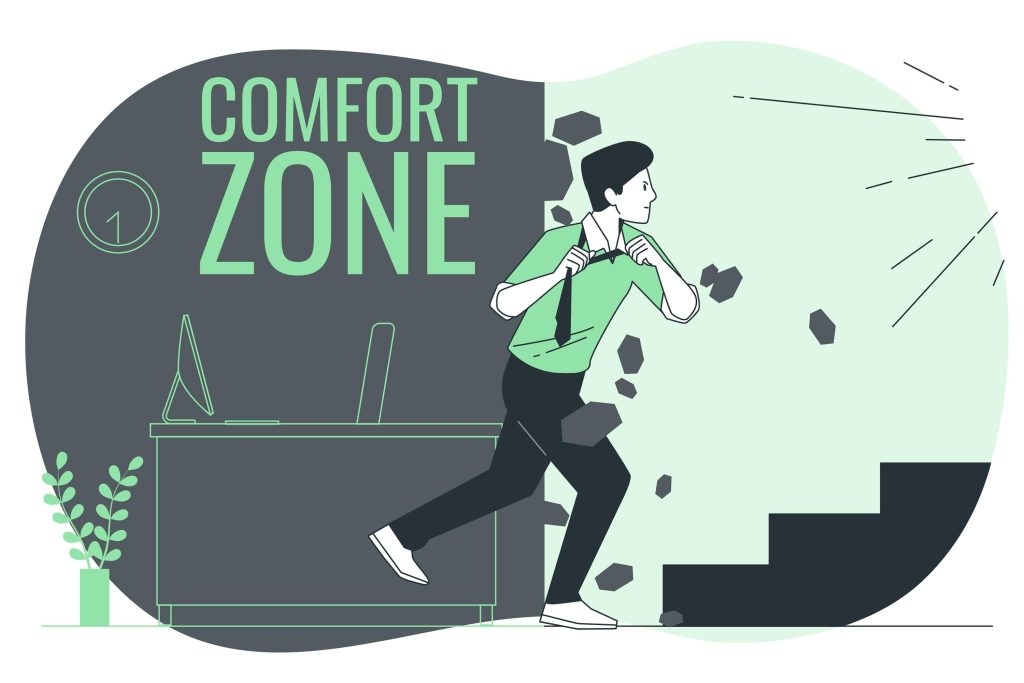In a world saturated with perfectionism and polished façades, an emerging wellness trend celebrates a contrasting approach: failing fast. Prompted by entrepreneurs, psychologists, and mental health experts, this mindset encourages quick iteration, learning, and emotional resilience. It’s no longer just a business hack—it’s a path to personal progress, emotional agility, and sustainable growth.
In this article, we’ll explore what failing fast means in daily life, how it supports mental well-being, and why adopting it now can help you move forward faster—especially during times of uncertainty.

What Does “Failing Fast” Mean?
Originally coined in tech and start-up circles, “fail fast” refers to trying small, low-risk actions, learning quickly from outcomes, and adapting accordingly. Harvard Business School explains that this method maximizes resource efficiency and enables faster pivots in shifting markets.
Applied to personal growth and wellness, the principle becomes: try new routines, habits, or behaviors, observe what works (or not), then adjust swiftly. Instead of viewing failure as disaster, you reframe it as a feedback loop.
The Science Behind Failing Fast
1. Growth Mindset Activation
Carol Dweck’s research shows that individuals with a growth mindset see ability as developable. They treat challenges as opportunities to learn—not threats to competence. According to LinkedIn insights, facing failure head-on is crucial for building resilience and innovation.
Research suggests that failing on micro tasks—or what educators call desirable difficulties—can enhance memory and adaptability over time. These small, intentional stumbles train the brain’s flexibility and learning circuits.
3. Mental-Health Boost
Mental-health professionals are now praising “fail fast” learning for reducing anxiety around perfectionism. A blog on embracing failure highlights how normalizing setbacks lowers fear and boosts confidence.
Failing Fast: A Guide to Personal Well-Being
Here’s how to integrate failing fast into your wellness practice:
Step 1: Frame Failures as Experiments
Replace “I failed” with “I tried.” Before starting a meditation practice or new habit, define a testing period (e.g., one week). Track what you learn—not just what you accomplish.
Step 2: Keep Trials Small
Life experiments shouldn’t be dramatic. Test bite-sized changes—a 5-minute gratitude habit, a single new recipe, a short walk after meetings. Learn quickly with minimal emotional cost.
Step 3: Maintain Emotional Perspective
Celebrate all outcomes: success, learning, or insight. It’s okay to feel discomfort—it means you’re growing. View each trial as part of your ongoing development.
Step 4: Reflect and Adapt
After each experiment, journal your findings:
-
Did it shift my mood or energy?
-
What surprised me?
-
Should I adjust or pivot?
A structured review helps reveal patterns and track progress.
Step 5: Repeat Frequently
Give yourself permission to fail often. Frequency builds familiarity, reduces fear, and brings clarity into what to continue, tweak, or discard.
Fail Fast in Action: Real-Life Examples
Startup Wellness Tech
Companies developing wellness apps often launch MVPs quickly, learn from user feedback, and iterate within weeks. Harvard’s Fail Fast article lists firms that conserved resources and improved outcomes by moving faster .
Daily Life
A Medium writer shares how pitching an idea and failing publicly taught him clarity and reinforced trust in his instincts.
Learning New Skills
In a Spanish class, students learn faster when they accept “First Attempt in Learning” (F.A.I.L.), reframing errors as progress rather than setbacks.
Emerging Trend: Fail-Fast Wellness Communities
Across wellness platforms, fail-fast labs and mindset clubs are gaining popularity:
-
Group challenges encourage users to share failures before successes.
-
Apps track experiments with built-in reflection prompts.
-
Live forums celebrate errors as evidence of action and risk-taking.
These communities flip the stigma of failure—making it a badge of effort, not shame.
Common Concerns & How to Overcome Them
| Concern | Reframing Strategy |
|---|---|
| Won’t I look silly? | Sharing small errors invites empathy—and shows raw human progress, not vulnerability. |
| I feel like quitting. | Acknowledge fatigue. Shorten cycles and pick back up when curiosity returns. |
| What’s the payoff? | Insights compound. Every experiment fine-tunes your direction toward more meaningful results. |
| It seems chaotic. | Failing fast is structured—define the hypothesis, the experiment, and the metrics to track. |
How to Measure Your Progress
-
Emotional tone: Do you feel lighter and more curious?
-
Experiment count: Are you trying new things consistently?
-
Insight depth: Are reflections helping you refine focus or habits?
-
Success alignment: Is your direction more aligned with what energizes you?
These qualitative signals indicate accelerating forward momentum.
Final Thoughts
The mantra of failing fast empowers you to move forward faster—by learning faster. It transforms failure from a fear to neutral data, reshapes perfectionism into experimentation, and builds emotional resilience.
As this trend gains traction beyond startups into mainstream wellness, mental health, and personal development, it’s clear: failing fast isn’t about embracing failure—it’s about embracing movement.
Try it: begin with one small experiment today. See what you learn, shift course quickly, and watch how moving forward faster becomes your new normal.
References
- Wikipedia – Fail fast (business). https://en.wikipedia.org
- Harvard Business School Online – Failing Fast: Why It’s Essential for Entrepreneurs. https://online.hbs.edu
- Max E. Guttman – Embracing Failure: A Pathway to Mental Health and Personal Growth. https://mentalhealthaffairs.blog









